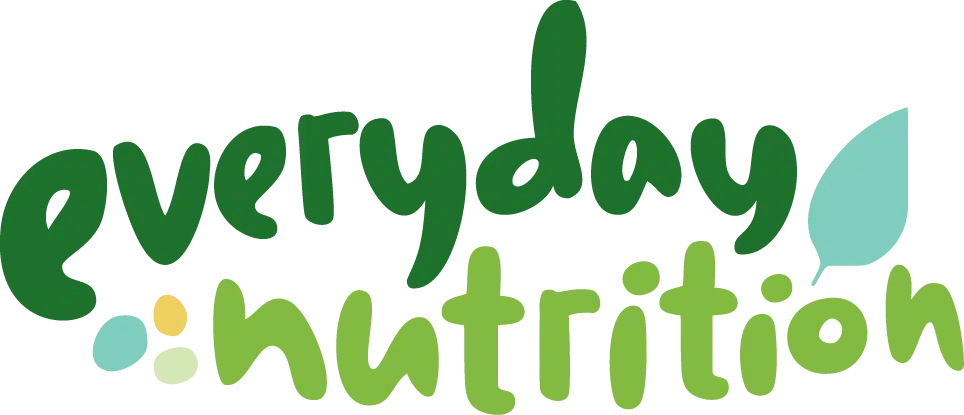If you’ve survived phase 1 of the low FODMAP diet, Congratulations!
Today were going to talk about Phase 2, or the re-challenge phase. This is the part where you get to identify what FODMAPs you have a threshold for and which ones you tolerate well. The information you gain from phase 2 will set you up to liberalise your diet so you can get maximum variety while still keeping symptoms at bay.
Why Rechallenge?
This is a common question, and I can understand it. If you’ve felt great for the first time in a while, why would you want to change that? Well, there are 3 good reasons its recommended to move forward and test your tolerance.
- Social connection: we don’t only eat for nutrition. Among other things, food brings people together and connects us with others. Being on a restricted diet can interfere with this and make you feel isolated. The less you need to limit food the less stressful and more enjoyable social events are.
- Dietary balance: Variety is important to health! The more variety you have you your diet, the more different nutrients you are giving your body and the less likely you will be deficient in something. While you can meet needs, generally people on a low FODMAP diet get fewer prebiotics, less, fibre, less B vitamins and are less likely to meet calcium needs
- Gut Health: We all know gut health is important and impacts digestion, heart health, mental health, body weight, diabetes risk and even risk of certain cancers. We also know that a strict low FODMAP diet reduces diversity and abundance of the gut microbiome.
How to know if you’re ready to rechallenge?
Choosing challenge foods
Challenge Schedules
- Standard challenge: There is no hard and fast rules about challenge schedules. FODMAPs cause symptoms in 4-24 hours, so you can do challenges on 3 consecutive days. Alternatively, you can take a day, or even several days, between challenge doses. Each day is a challenge in its own right. So if you can’t get three days in a row, don’t stress, do what you can then then when you get another few days just pick up where you left off.
- Simplified challenge: If you are doing a “simplified” challenge you eat the same dose three times in the same week
- Sensitive challenge: If you are wary, you may start with a smaller dose the first time and increase more slowly. This usually means more doses overall, but if it helps your confidence and you are moving forward that’s a great thing.
Monash trained dietitians can also modify challenges to suit your situation and make them more “doable” for you. If you need or want challenges modified, Everyday Nutrition dietitians are all Monash trained and happy to help. Head over to our booking page and book an appointment.
What order to challenge in?
What else to eat during a challenge
You want to keep to your baseline low FODMAP diet while challenging. Even if you successfully complete a challenge, you still remove the challenge food again and wait three days before the next challenge. This way, each challenge is done form a baseline low FODMAP diet.
Also try to keep foods and drinks considered “gut irritants” stable. For example, if you drink a coffee each day, there is no need to stop this but don’t drink one coffee one day and three coffee’s the next. In the same way, don’t make changes to medications or supplements during a challenge as this can also cloud results.
What symptoms to expect
Usually symptoms will be similar to what you were getting prior to starting the low FODMAP diet. The good news is though, by starting with a small amount and increasing over a few days, you can see it starting and stop the challenge before it gets severe. The other good news, is you can stop a challenge at any time and return to the FODMAP diet and your gut will settle again too.
In terms of how to know when to stop a challenge, we usually say that a mild fluctuation sint too much or a bother. But if a response is enough to stop you eating a food you love, then it’s time to stop the challenge.
Also consider stress levels during challenges. The more stressed you are the more alert your gut will be and the more quickly it will respond. Try to do challenges in a relaxed environment and use whatever techniques you find help keep you calm.
If you identify a threshold
If you experience symptoms during a challenge it means you’ve found a threshold. This is often great news as it provides answers for what you’ve been experiencing. When this happens, the first step is to stop the challenge and return to your baseline diet. You can then treat your symptoms and look after yourself while they settle. You can read more about managing symptoms here.
If you do not get symptoms during a challenge
Yay! If this happens it means long term you will be able to enjoy that FODMAP group. At this time though, you still remove the challenge food and return to your low FODMAP diet for a three day “washout”. After three days you can then continue with the next challenge.
Where to get more help
Everyday Nutrition dietitians are trained and have extensive experience in supporting people though all phases of the low FODMAP diet. We have three options that you can use to get support through the Challenge phase of the low FODMAP diet.
We provide individualised support face to face in Melbourne or virtually from the comfort of your own house. You can find out more and book in here
If you prefer a self-guided process, you can purchase our ebook The Ultimate Guide to Challenging FODMAPs here. This ebook covers all FODMAP challenges (foods and doses), challenge schedules, interpreting challenges and liberalising as well as including recipes for challenging, tips and FAQs








One Comment
Comments are closed.